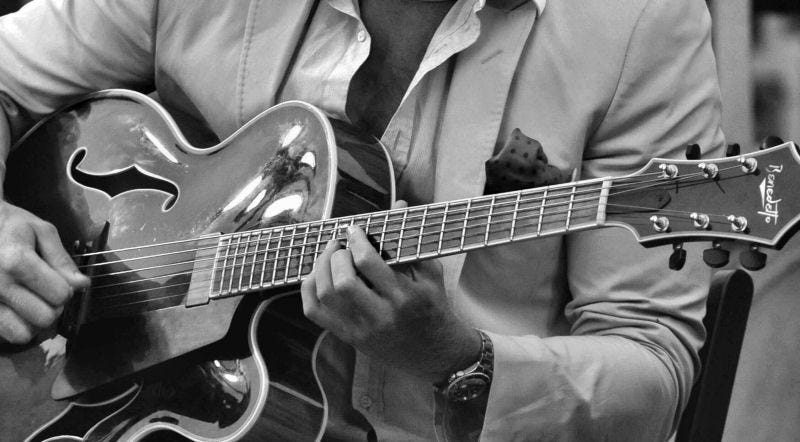Numerical Analysis of Chords
How to figure out chords on the guitar. (Part Three)
9th’s, 11th’s, 13th’s and other extended chords.
Continuing from parts "One and Two", let's take a look at the list of structures needed for "Five note" or extension chords.
You can compare the original "first octave" structures with the new "second octave" structures to find that some of the Roman numerical placements have been altered to higher numbers:
Keep reading with a 7-day free trial
Subscribe to SoundHole Guitar Lessons to keep reading this post and get 7 days of free access to the full post archives.



